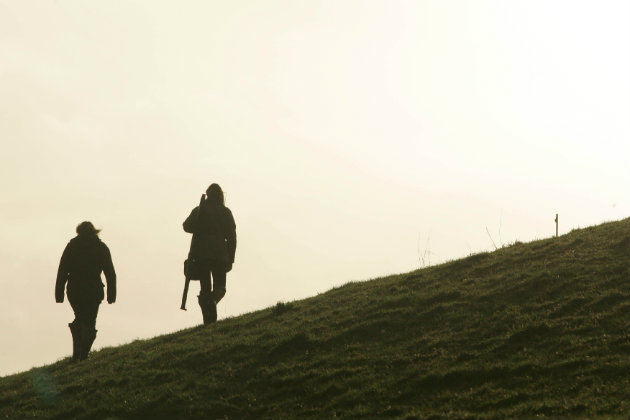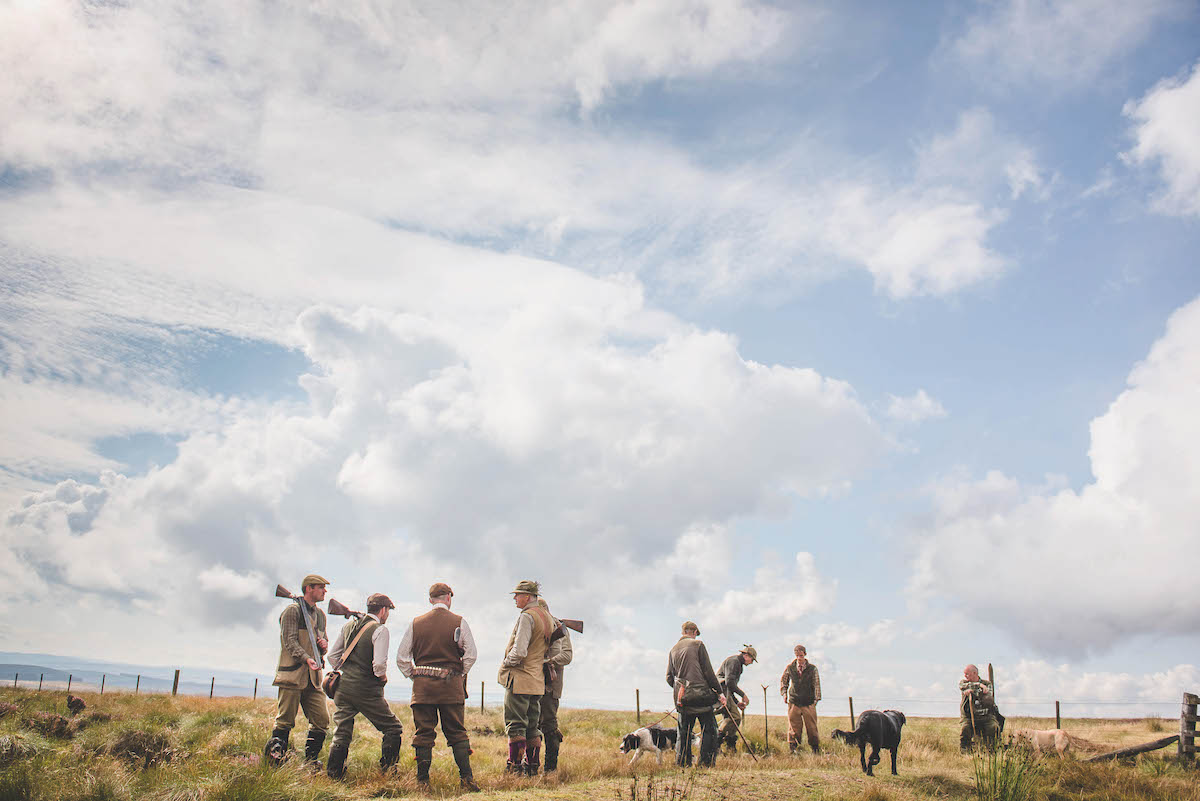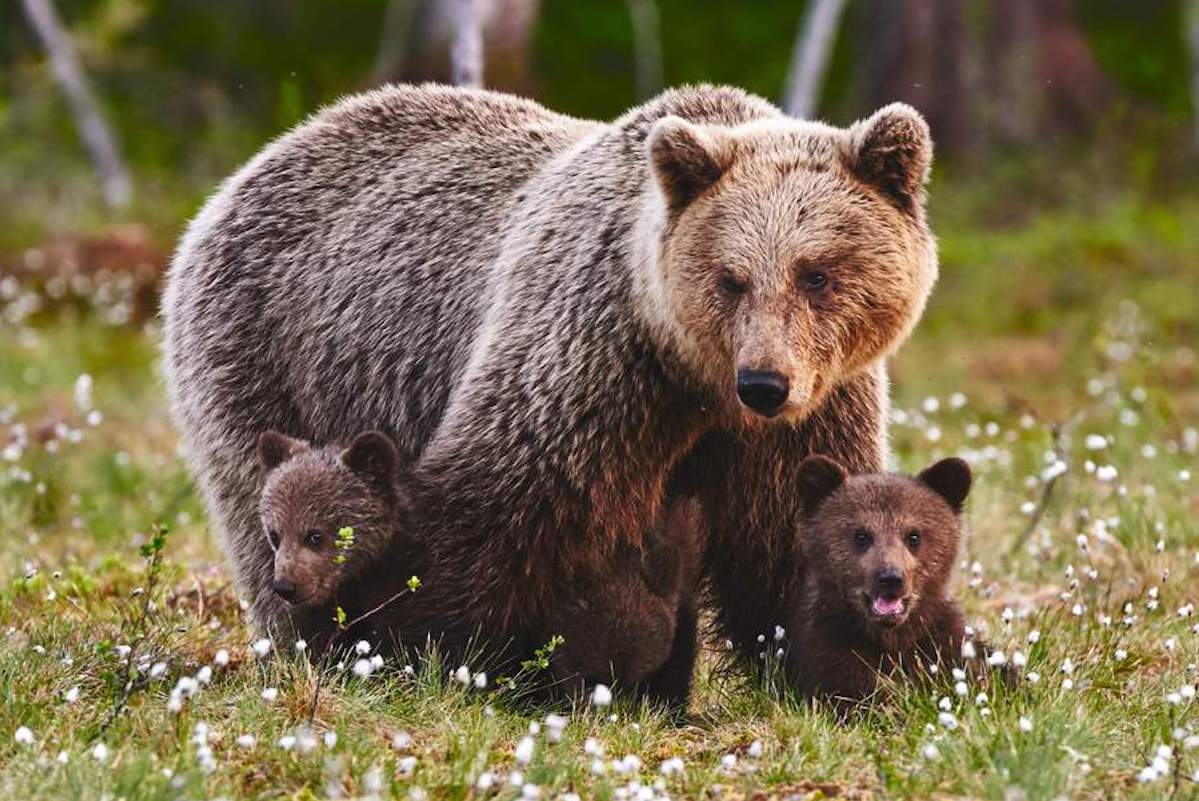How to tackle common species when walked-up shooting
Rough days are keenly sought after. Tom Payne explains how to deal with the different species you'll encounter

Successfully walking-up any quarry and making the most of your opportunities is not as as straightforward as people often think. Here I will go into specific details about how to tackle commonly encountered species.
The most frequently made mistake among would-be rough Shots is to head to the local clay ground and spend all afternoon practising going-away birds. Walked-up shooting can give the impression that the majority of your shots are going away, but it is a form of shooting which actually requires huge versatility. In fact, it’s the variety of heights, speeds and angles encountered that make rough shooting such an exciting sport.

Pheasants give the shooter more time as they tend to sit tight
Walked-up pheasant
Of all walked-up quarry, the pheasant would be the most straightforward to shoot — but that doesn’t mean easy. Pheasants are well known for sitting tight until the last minute, giving the shooter more time. Their initial acceleration is not as fast due to the size of the bird and their line of flight when their wings are moving stays true. It is therefore important to remember that you have time.
As the bird flushes in front of you, it can be easy to panic and rush the shot, but you have time to get yourself together. This may only be split seconds, but it’s enough time for you to place your feet correctly and address the bird properly — heel of the stock held just slightly away from your armpit and muzzles pointing in the direction of the bird.
Pheasants tend to head up, it’s their fight-or-flight reaction. When their wings are under power they will climb and take that true line. When the wings are locked they are gliding; they will have hit top speed, will be going down and they can easily slide.
In many cases, walked-up pheasants will be killed when the bird is climbing and under power. If you have a bird that gets up straight in front of you, you can shoot straight at it. Give the bird time for a safe and acceptable distance and do not hesitate nor hold on prior to pulling the trigger.
If the pheasants are quartering, my rule of thumb is to drive my gun into the back of the bird and, in one smooth movement, move the gun through the bird. Focus on left or right wing — depending on which way the bird is quartering — then focus on the head. So many quartering birds are missed in front due to the shooter trying to shoot a quartering bird as if it’s a crosser.

The good old mallard, even though wild, can hold surprisingly tight
Duck
This is not so common and will mainly be on a mixed species day, perhaps walking-up a wet ditch, jumping a splash or along the riverbank. Apart from jumping teal and wigeon, for example, which will be up and away at the slightest amount of noise on approach, the good old mallard — even though wild — can hold surprisingly tight. They tuck themselves under the banks or reeds.
When shooting teal, as soon as they jump, it won’t be long before there is sky in front of them and they are away; you have to get on with your shot. Any hesitation and you are done for. Mallard, on the other hand, always take a bit of time to get their act together and will stay low along the water or ditch line before driving themselves skywards. They are quick movers so give them time but don’t hesitate.

Controlled instictive shooting is key to bagging woodcock
Woodcock
The favourite of many a walked-up shooter, the woodcock is seen as one of the ultimate challenges to shoot. Due to its size, initial burst of speed and ability to change angle so quickly, on a walked-up day it will be seen as the main prize.
But I don’t see woodcock as hugely challenging. It may seem like a fast bird but it is actually fairly slow after it initially breaks cover. It is quite a direct and elegant flier as it slowly drums its wings. You have more time than you think. After the first flight woodcock do straighten up and this is the point you should be ready to take your shot.
Controlled instinctive shooting is the key to shooting woodcock well; hesitation or the sudden element of surprise is what beats the shooter.
You must be able to read ground that you are walking through and always be prepared. It’s not so much the bird that always beats the shooter but the terrain in which they are found resting up during the day. Often, they do not present clear or safe shots.
The woodcock is a bird that offers predominantly going-away shots when walked-up. But don’t be surprised if you get one cutting or doubling back on itself, or suddenly provide a crossing shot, having come from the other end of the line.

Clay grounds offer lots of different kinds of shots, which are great for practice
Practise when you can
- A good clay ground will offer you the various targets you will need to practise for all these species. What you are looking for are varied, climbing, going-away targets for walked-up pheasants.
- A good way to practise is to have a single going-away bird climbing through some trees at a sensible speed and move around the trap, being around 10 yards behind. This offers you constant changing angles.
- For woodcock, use any going-away bird but don’t make it too easy. It’s good to practise low, going-away birds at varying angles against a dark background. You can also use bolting rabbits, either crossing or quartering, against a dark background, bouncing and varying.
- For ducks, varied birds are the best. Walked-up sport can offer so much variation, not only in species but angles of shot, distance and speed. So shooting a good Sporting course (not scored) always helps.
- Don’t forget to practise your crossers because you will get them walking-up.
- A couple of tips on crossers: when shooting with your natural body movement (right-hander R-L), you will see less lead. Your gun is moving faster and your right eye is with the bird. Against your natural body swing (right-hander L-R), your perception of lead is greater. What increased lead you see going against your natural swing is down to personal gun speed and eyesight. The reason your perceived lead is greater is because the gun moves slower as you are going against your natural body movement and now your right eye (for a right-hander) is going away from the bird.








